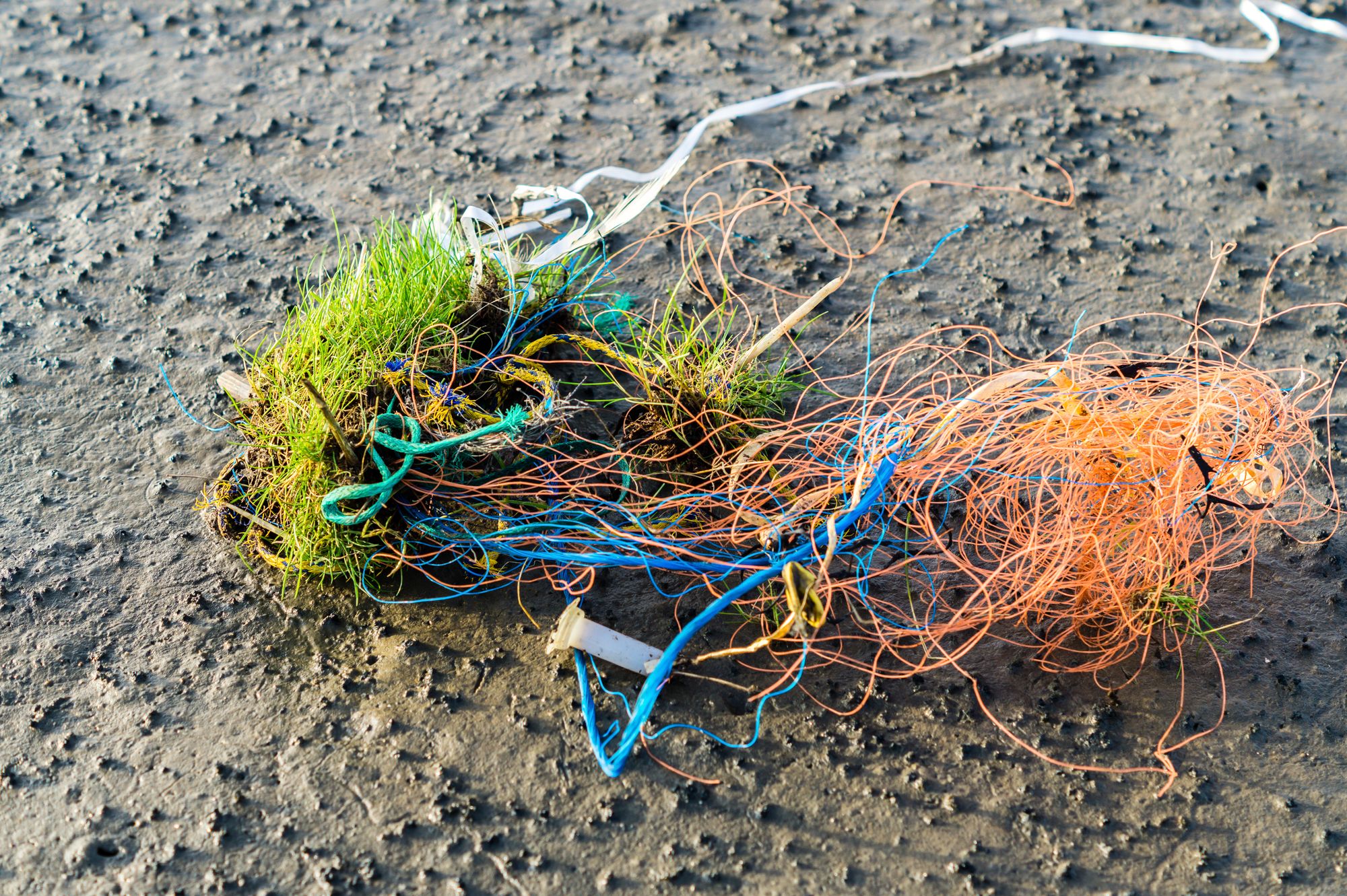Plastic in fisheries and aquaculture floods to Norwegian sea

Which item in your life can be a common pollutant? If you were being questioned, you may immediately think of Plastic. Yes, plastic is very widely used in our life and pollution due to plastic has been an emerging, global environmental problem in the past few decades. Among all the issues linked to plastic, ocean plastic debris is one of the most addressed issues and has gained more and more public attention worldwide.
It is often asked where this plastic debris is coming from. It can be categorized into land-based (household, tourism, etc.) and sea-based plastic (shipping, fisheries, etc.), where the sea-based plastic counts for around 20% of total ocean plastic debris [1, 2]. The vast majority of sea-based plastic debris can be traced back to the industry of fisheries and aquaculture [3].
As a country well known for sea-food, Norway offers plenty of choices on the dining table such as salmon, herring, mussel, scallop and sea-urchin. These delicacies naturally triggered my curiosity about Norwegian fisheries and aquaculture’s role in ocean plastic debris. So, right after enjoying a decent seafood meal, I decided to dive into plastics issues in Norwegian fisheries and aquaculture. I wanted to figure out: (1) How does plastic deployed in fisheries and aquaculture turn into ocean plastic debris? (2) How large is the volume? (3) What happened to the rest of the plastics?
At the end of my project thesis, an overview of Norwegian fisheries and aquaculture became clear:
(1) How does plastic deployed in fisheries and aquaculture turn into ocean plastic debris?
The facilities and tools used in fisheries and aquaculture require a lot of plastic, such as fishing nets, buoys, feeding pipes, etc. Due to weather, operation condition, and some accidents, they may get worn out, age and lost, and enter the ocean as debris eventually.
(2) How large is the volume?
Unfortunately, limited by the lack of existing systematic surveys, only a very rough estimate of the contribution to ocean plastic debris is available: 4800 t from fisheries and 1200 t from aquaculture, equal to 10% and 9% of their total annual plastic waste respectively. [4,5,6,7]
(3) What happened to the rest of the plastics?
As for the rest of the plastics, which is properly collected and managed, it is used for material recovery (recycling) or energy recovery (incineration), and the remainder is landfilled.
Although the estimated results are approximate, the magnitude is still shocking. Moreover, this is what happened under the active promotion of ocean plastics retrieval from the Norwegian government and society. Imagine in other parts of the world where regulation and social collaboration are missing, the situation maybe even worse.
Despite the severe challenges brought by ocean plastic debris, it is gratifying that more and more efforts are being invested into the research and control of ocean plastic debris, and cooperation in this field is more and more extensive. As a global problem, the solution to ocean plastic debris is inseparable from the interdisciplinary, interdepartmental, interregional, and intergovernmental joint efforts. Only in this way can we achieve the common goal for our human future: when we enjoy nature by the seaside, there will be no plastic eyesore floating on the sea, no need to worry about entangled sea turtles and birds, and no concern of microplastic-containing seafood. We can proudly tell the next generation: we have succeeded in cherishing and protecting our oceans——the cradle of all life.
References
[1]US EPA, O. (2015) Preventing Trash at the Source, US EPA. Available at: https://www.epa.gov/trash-free-waters/preventing-trash-source-0(Accessed: 24 August 2020).
[2]US EPA, O. (2015) Sources of Aquatic Trash, US EPA. Available at: https://www.epa.gov/trash-free-waters/sources-aquatic-trash(Accessed: 27 October 2020).
[3] UN (2016) Report of the Secretary-General on oceans and the law of the sea to the seventy-first session of the General Assembly. Available at: https://www.un.org/depts/los/general_assembly/contributions_2016/FAO_Contribution_to_ICP_on_marine_debris.pdf(Accessed: 10 November 2020).
[4] Deshpande, P. C. et al. (2020) ‘Using Material Flow Analysis (MFA) to generate the evidence on plastic waste management from commercial fishing gears in Norway’, Resources, Conservation & Recycling: X, 5, p. 100024. doi: 10.1016/j.rcrx.2019.100024.
[5] ASC (2019) Marine Litter and Aquaculture Gear White Paper. Available at: https://www.asc-aqua.org/wp-content/uploads/2019/11/ASC_Marine-Litter-and-Aquaculture-Gear-November-2019.pdf(Accessed: 30 September 2020).
[6] Grieg Seafood (2019) ‘Erfaring og status - plast: Open, Caring, Ambitious’. Trondheim – Aqva Nor, 20 August.
[7] SSB (2020) Statistics Norway - aquaculture, ssb.no. Available at: https://www.ssb.no/en/jord-skog-jakt-og-fiskeri/statistikker/fiskeoppdrett/aar/2020-10-29(Accessed: 10 November 2020).

